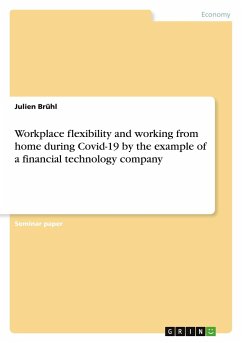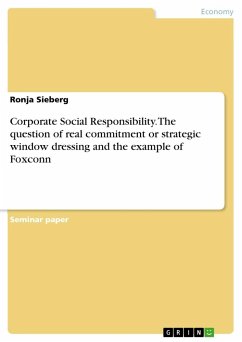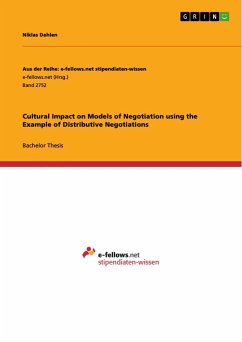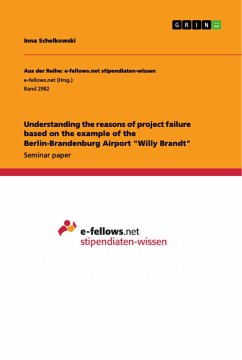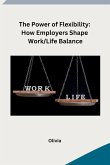Seminar paper from the year 2021 in the subject Business economics - Miscellaneous, grade: 7.4, University of Amsterdam, course: Strategic Communication in Organizations, language: English, abstract: How has workplace flexibility during the Covid-19 pandemic affected everyday working life and employee interrelations? Through the use of qualitative semi-structured interviews, this paper aims to analyze and answer the effect of work-from-home on workplace flexibility, and whether the Covid-19 pandemic plays a role in this. Moreover, the paper aims to understand variables such as autonomy within the workplace, colleague dynamics, and identification with the organization. ¿I like having the choice to [work from home], but I prefer the office.¿ Although this quotation portrays employees as viewing workplace flexibility in a positive way, this study has found that this is not always the case. Indeed, at the beginning of the Coronavirus-19 pandemic, the world came to a standstill, and humans experienced lockdowns and restrictions globally. This also included employees of organizations worldwide who were legally required to work from home (WFH) to help minimize the risk of infection between coworkers and in their home-life. With employees encouraged to WFH, their new work modes changed, from going to the office daily to working from home through various computer-mediated communication (CMC) resources, with Zoom, Slack, Microsoft Teams, to name a few. This increase in work-from-home during the pandemic has become the new norm around the world. With the introduction of CMC and an increase in workplace flexibility, such factors could influence how an employee feels about working from home, their identification with the company, their motivation, and whether this has an impact on their overall work performance. Numerous academic papers studying the use of workplace flexibility in different workplace settings have been analyzed to understand whether tensions can arise through this method. In the current study, workplace flexibility is defined as the ability and possibility to decide where, when and how one works and encompasses how, as an employee, you are given the opportunity to decide on the time, location and task features of your work in order to create a balance between work- and home-life.
Hinweis: Dieser Artikel kann nur an eine deutsche Lieferadresse ausgeliefert werden.
Hinweis: Dieser Artikel kann nur an eine deutsche Lieferadresse ausgeliefert werden.

